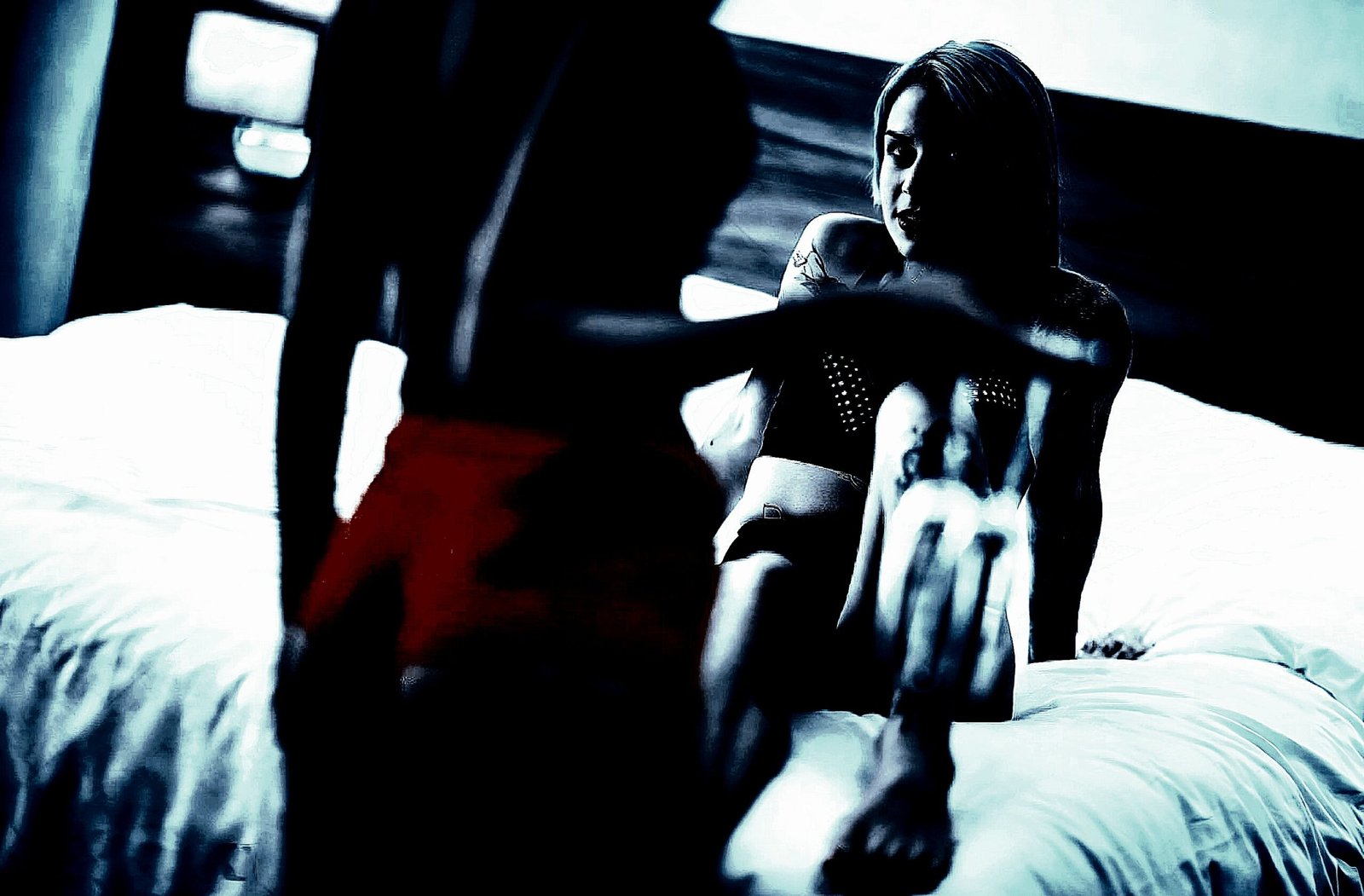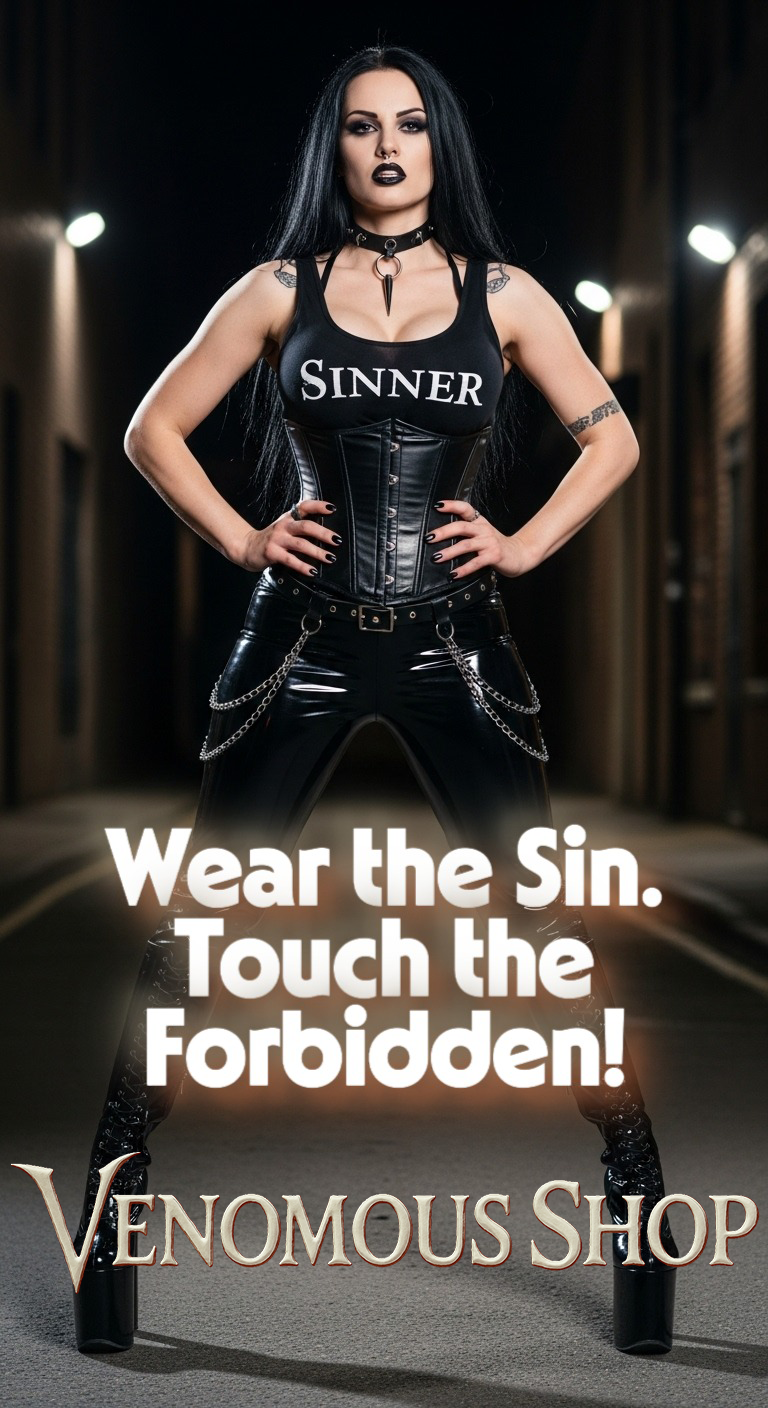The underground music scene is an intense, raw, and beautifully chaotic world where various forms of expression coalesce. Not just through music, but through fashion, art, and significantly, personal identities and sexualities. The scene isn’t just a place for musical expression but a sanctuary where many find the freedom to explore and affirm their sexual identities. However, navigating sexuality in the underground music scene can be as complex as it is liberating. This blog post delves deep into the nuances of this journey, exploring how personal expression intersects with community dynamics, and how one can navigate these waters with respect and understanding.

Exploring Identity and Expression
In the shadowy corners of goth clubs and the pulsating floors of metal concerts, individuals find both anonymity and spotlight. The underground scene serves as a canvas for the loud, the quiet, and the non-conforming. Here, clothing and makeup do more than adorn; they proclaim. Gender expression and sexual identity are often communicated through these aesthetic choices, signaling to others one’s identity or preferences without a word.
Yet, while the underground scene champions diversity, it is not free from the complexities and challenges that come with any societal microcosm. Issues of consent, misunderstanding, and the need for safe spaces are pivotal. As we thrash to the sound of guitars, we must also tune into the narratives of those around us, listening to experiences and perspectives that may differ vastly from our own.

Consent and Communication
A fundamental aspect of navigating sexuality in any context is consent. In the underground music scene, where interactions can often be more physical (think mosh pits and crowded gigs), the lines can sometimes blur. Establishing clear communication is essential. This means making consent not just a necessity but a norm. Events and venues often lead by example, incorporating strict policies and immediate support for any issues arising around non-consensual behavior.
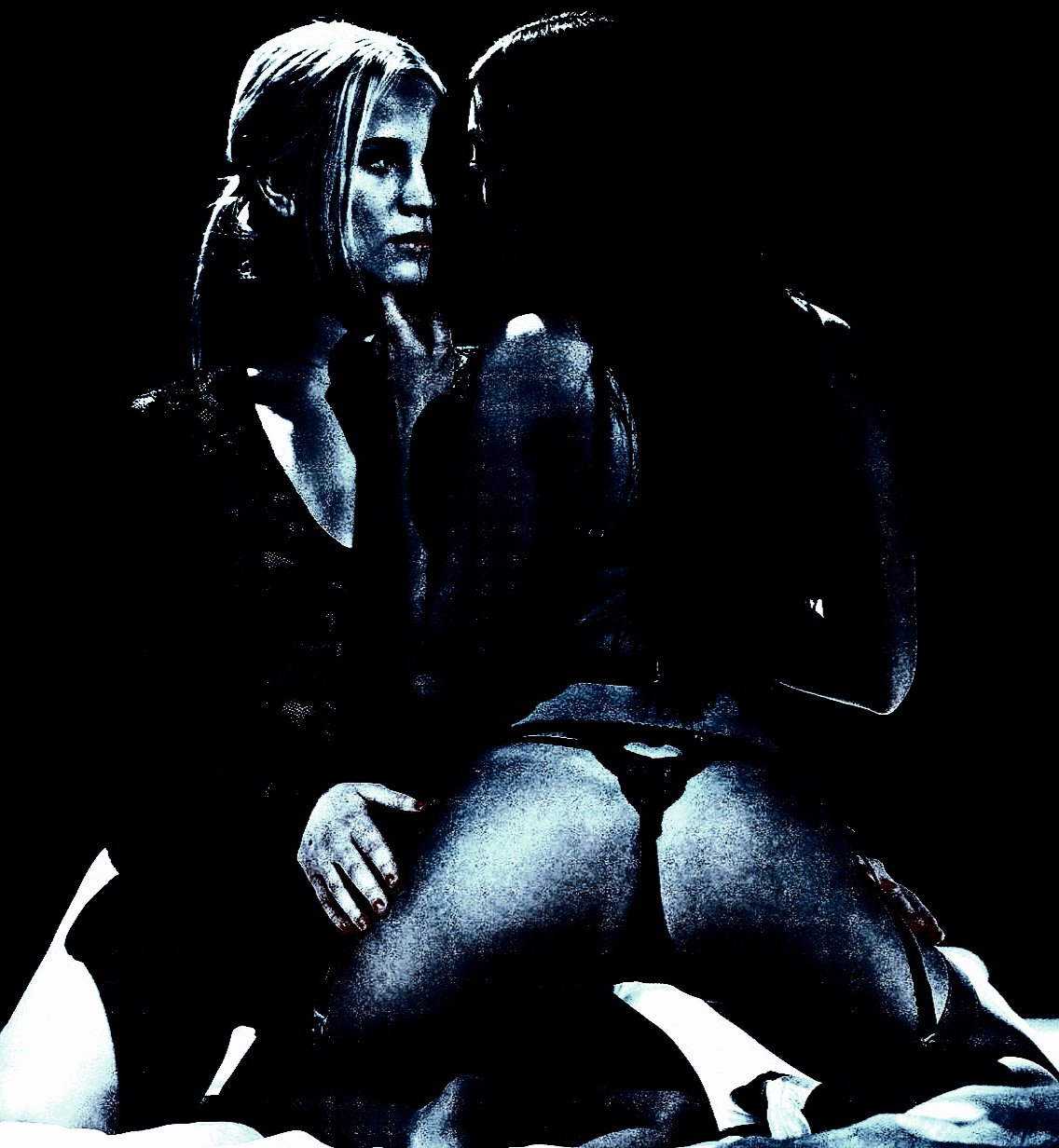
But consent goes beyond the physical; it’s about respecting personal boundaries at all levels, including the sharing of personal spaces and emotional interactions. Open and honest communication, whether in the din of a concert or the quiet of a backstage, is key to maintaining a scene that respects all participants.

Challenges of LGBTQ+ Members in the Scene
For LGBTQ+ members, the underground scene is both a refuge and a battleground. While many find solace in the accepting arms of a like-minded community, discrimination still lurks. Transgender and non-binary individuals, in particular, may face misunderstandings or outright hostility, even in such a supposedly inclusive space. The battle against such prejudices is ongoing, and education is a potent tool in this fight. Events centered on inclusivity and understanding, as well as support from allies within the scene, are vital.

Creating Safe Spaces
Safe spaces are essential for allowing individuals to explore their sexuality without fear of judgment or harm. This includes not only physical safety but emotional and psychological safety as well. Venues and event organizers have a significant role in creating these environments. Measures can include having clear anti-discrimination policies, training staff on LGBTQ+ issues, and ensuring that there are quiet, less crowded areas for those who might feel overwhelmed.
Moreover, the presence of support networks within the scene—groups and gatherings specifically designed for sharing experiences and offering support—can enhance the feeling of safety and community. These networks can also act as a bridge, helping to educate and integrate the wider scene with the diverse identities within it.
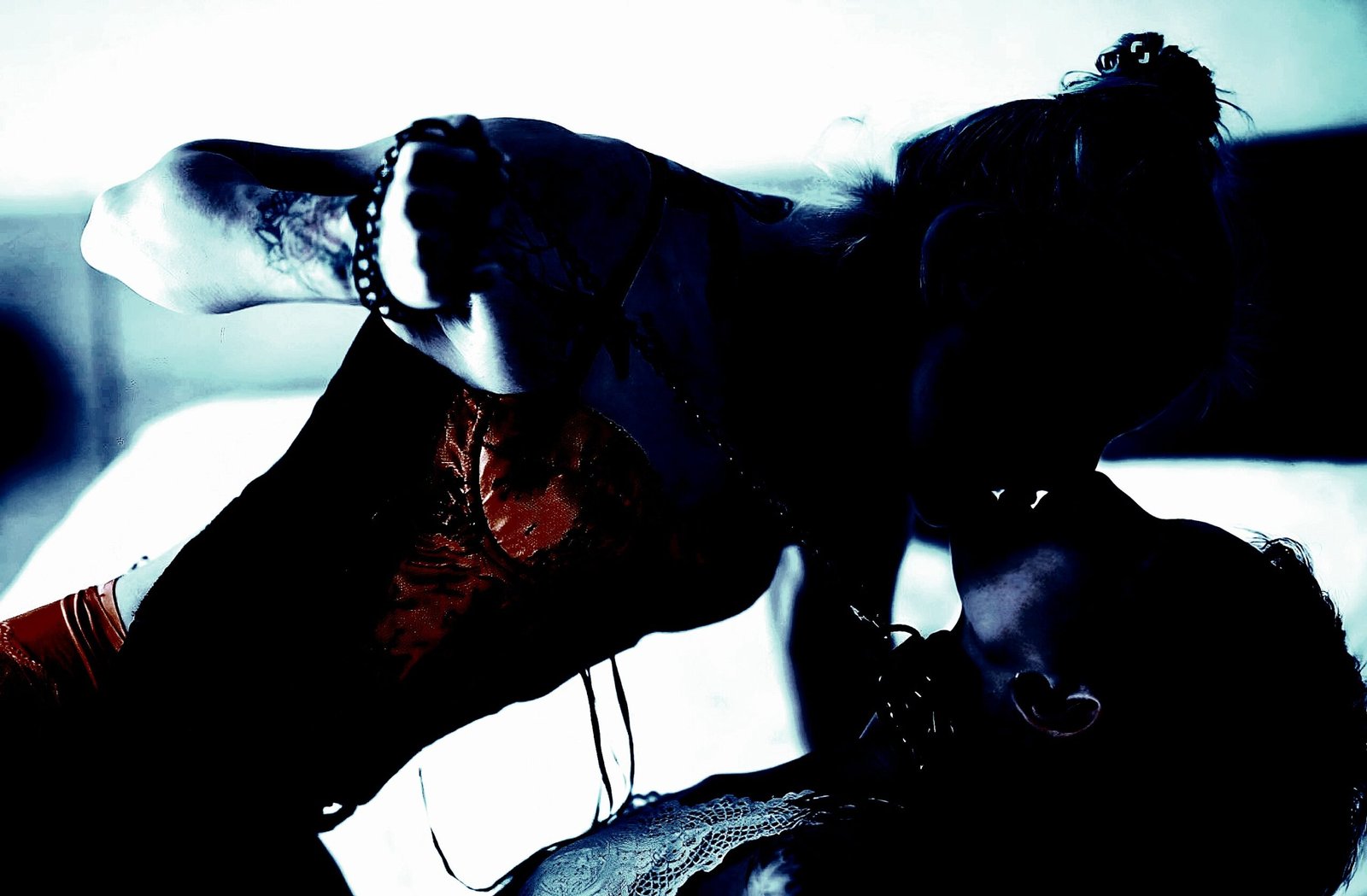
Navigating Relationships and Interactions
Relationships within the underground scene can be intense. The shared passion for the music and the culture can create deep connections quickly. It’s important, however, to navigate these interactions with an awareness of the emotional and psychological dynamics at play. The intense environment can amplify feelings and lead to relationships that might need more communication and boundaries than those formed outside the scene.
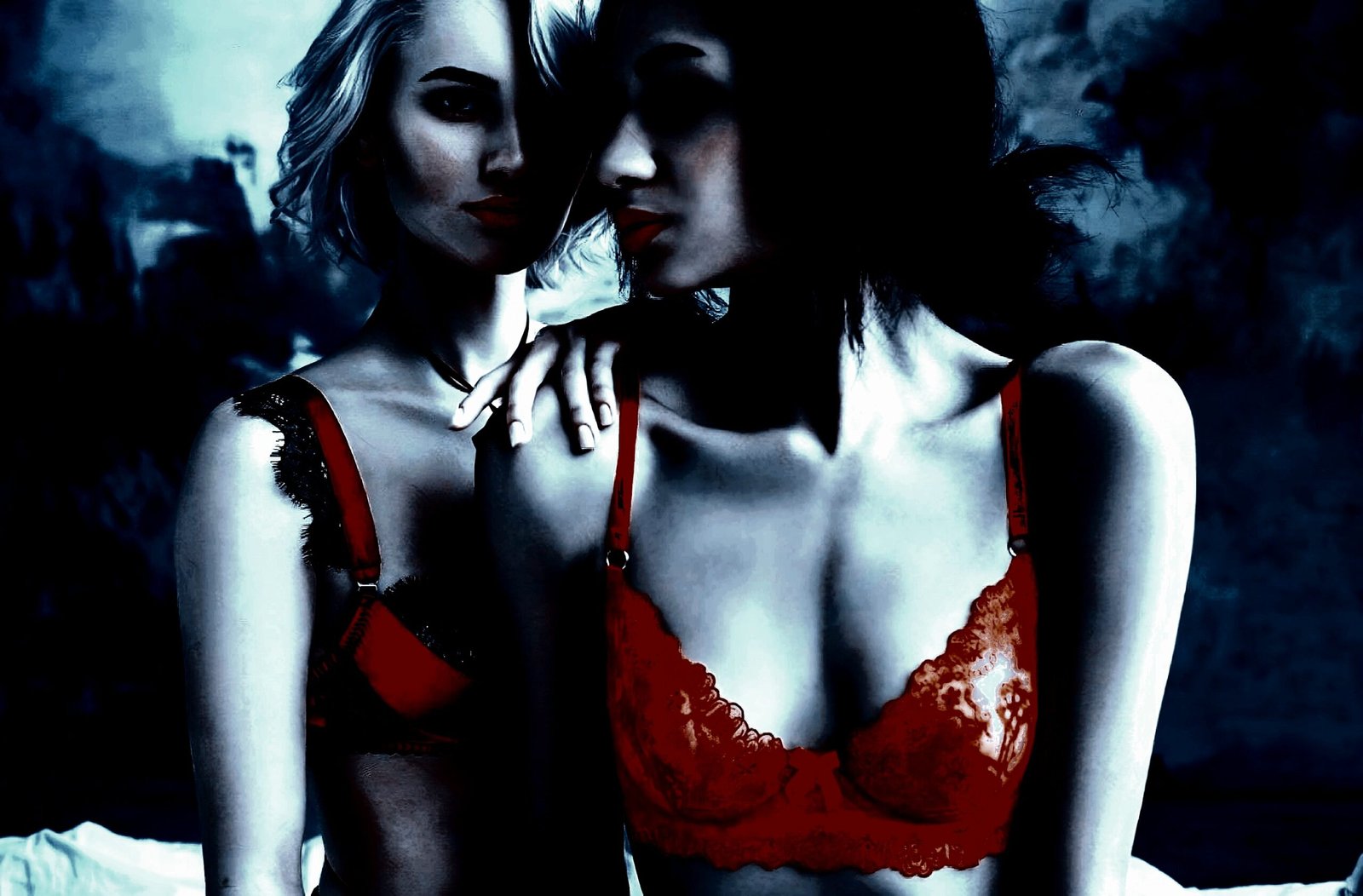
Conclusion
Navigating sexuality in the underground music scene is a journey of self-discovery, community engagement, and sometimes, challenges. But the rewards—finding one’s tribe, expressing one’s true self, and experiencing deep connections—are immense. As we continue to evolve with the scene, let us strive for a culture of respect, consent, and understanding.
For more on sexuality in the underground music scene, visit my dedicated section at Lina’s Dungeon: Carnal Lust & Sexuality.
Stay connected with me on all things dark and delightful through my social media.
Navigating the complexities of sexuality within the underground music scene requires understanding, respect, and the constant pursuit of growth. Let’s keep the conversation going and make our beloved scene a safe and celebratory place for everyone.
